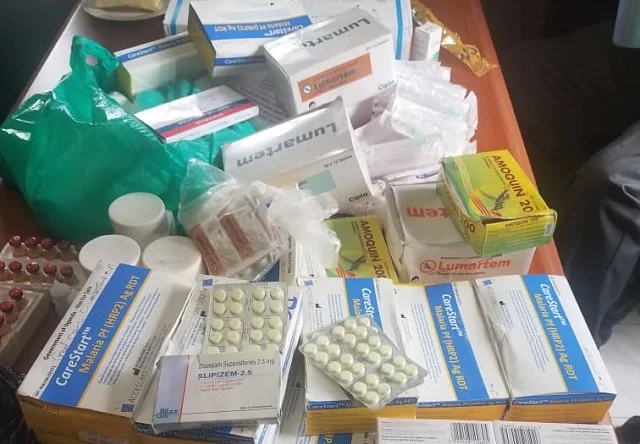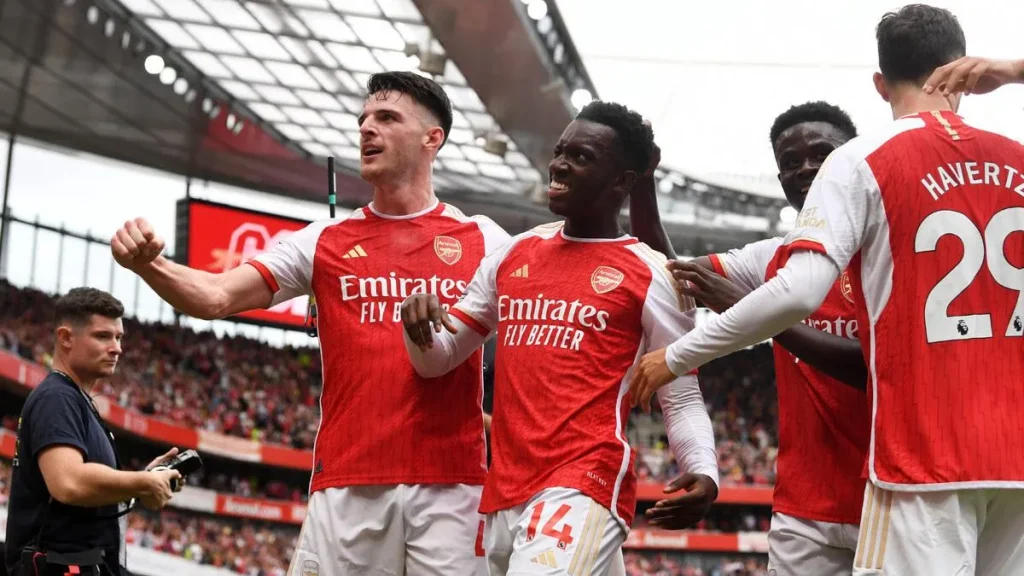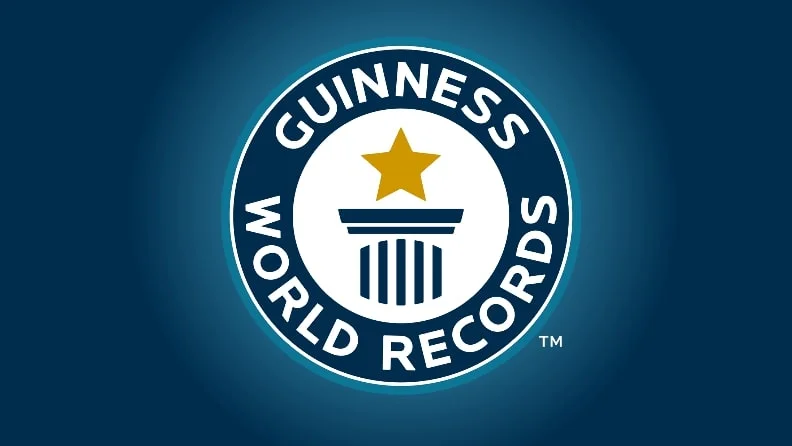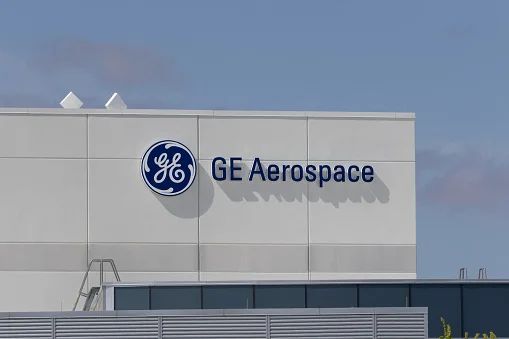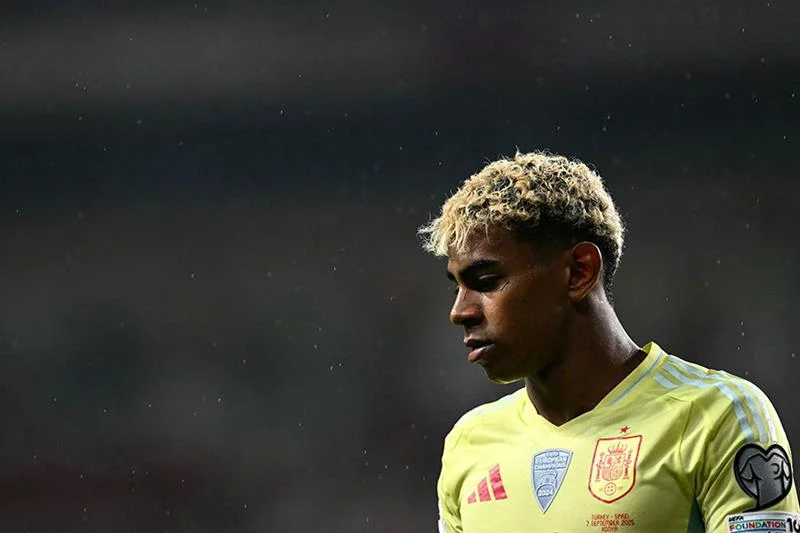On January 17, 2020, Presidents from seven African nations—Republic of Congo, Gambia, Ghana, Niger, Senegal, Togo, and Uganda—convened in Lome, Togo, to sign an agreement criminalizing the trafficking of fake drugs.
The initiative aimed to strengthen regional cooperation and encourage other African countries to join the fight against a scourge claiming countless lives.
The World Health Organization (WHO) estimates 100,000 annual deaths across Africa due to falsified or substandard medicines, with the American Society of Tropical Medicine and Hygiene reporting 122,000 children under five died in 2015 from poor-quality anti-malaria drugs in sub-Saharan Africa.
A Tragic Example
Togolese tailor Ayawo Hievi, 52, suffered devastating consequences from counterfeit drugs. In 2015, after contracting malaria and typhoid, he took prescribed quinine and antibiotics that worsened his condition, leading to chronic kidney failure and regular dialysis.
“The drugs were fake,” doctors at Lome’s university hospital confirmed, highlighting a widespread issue where fake medicines, often antibiotics and anti-malarials, not only fail to treat but also fuel drug resistance.
Scale of the Problem
Since 2013, Africa has accounted for 42% of global fake medicine seizures, with Nigeria as the primary destination.
In September 2016, the World Customs Organization seized tens of millions of counterfeit pills across 16 African ports, 35% bound for Nigeria.
Weak legislation, overstretched healthcare systems, and poverty drive this $200 billion illicit market, with 30-60% of medicines in Africa estimated to be fake, mostly from China and India.
These drugs, sold cheaply at markets, infiltrate even reputable pharmacies and hospitals.
Challenges in Tracking Fakes
Dr. Innocent Kounde Kpeto, president of Togo’s pharmacist association, noted, “It’s very difficult to trace where fake medicines come from,” as manufacturers obscure origins.
Highly organized criminal networks exploit porous borders and weak regulations, turning a $1,000 investment into $500,000 in profits.
Togo, a pioneer in the fight, amended laws in 2015 to impose up to 20 years in prison and $85,000 fines for traffickers, burning 67 tonnes of seized pharmaceuticals in July 2019.
Progress and Enforcement
Efforts are gaining traction. In November 2019, Ivory Coast police seized a record 200 tonnes of fake drugs in Abidjan, arresting four suspects, including a Chinese national. The dismantling of trafficking hubs like Adjegounle market in Cotonou, a gateway to Nigeria, marks progress.
A 2021 INTERPOL and AFRIPOL operation across 20 African countries confiscated over 12 million illicit health products, leading to arrests and convictions. Nigeria and Cameroon signed a 2023 agreement to share expertise in disrupting fake drug networks.
Medsaf’s Innovative Solution
In Nigeria, Vivian Nwakah founded Medsaf in 2017, motivated by the loss of a friend to fake malaria drugs. Raising $1.4 million, Medsaf uses technology to track medications from producer to user, verifying registration numbers, expiry dates, and storage conditions.
Serving over 130 hospitals and pharmacies, Medsaf addresses Nigeria’s fragmented distribution network, where hospitals deal with 30-40 suppliers, undermining quality control.
“Technology can solve most issues related to fake drugs,” Nwakah said, emphasizing that “people die for nothing. We can change that.” The platform also offers inventory management tools and a “pay-as-you-go” plan to reduce costs.
Future Outlook
The Lome summit underscored the need for stronger regulations and collaboration. Nigeria’s NAFDAC has introduced mobile authentication technologies, allowing consumers to verify drugs via unique codes.
The African Union’s Medicines Regulatory Harmonization initiative and the African Medicines Agency aim to improve access to safe drugs, but challenges persist with only Rwanda and South Africa meeting the 15% health budget commitment.
As counterfeit drugs fuel resistance and deaths, innovations like Medsaf and regional cooperation offer hope for a safer pharmaceutical landscape.


